The thoracic spine is the part of your spine that runs between the neck and the low back. It is often an area that can be overlooked when stretching/working on mobility however a lack of movement in this area can result in the mid back pain and pain in the muscles along the inside of the shoulder blade.
Why is it important for those working in the office?
Mobility through the thoracic spine helps to facilitate neck, shoulder and low back health. However sedentary working postures and prolonged sitting often result in a loss of mobility in this area.
Those working at a computer have been shown to have increased forward neck flexion and a thoracic kyphotic posture. An increase in forward neck flexion is commonly observed in those experiencing pain in the upper back/shoulder blade region.
Increased forward neck posture and flexion of the thoracic spine may be attributed to the risk of developing work – related musculoskeletal problems as it increases the tension in the posture-stabilising muscles and also increases the compression forces on the articulations of the cervical (neck) and thoracic (mid-back) spine. (Yoo et al, 2013)
What movement can we achieve in the thoracic spine?
As outlined in the study discussed above, usually when working we tend to favour a forward bend position meaning we hold the thoracic spine in flexion. This often results in reduced range of motion in other directions – in particular thoracic extension (bending backwards) and thoracic rotation (turning around to look behind you when seated).
What happens when rotation and extension start to become limited?
When these planes of movement become limited it becomes uncomfortable for us to move into them, as a result they tend to be avoided further and the muscles which facilitate this movement tend to become quite tight and uncomfortable. This can also be referred to as rhomboid pain – pain between your shoulder blade and your spine. It is usually described as a nagging dull ache or pain, a pressure or a pulling sensation in the area. In order to manage this the focus is often placed on trying to stretch or roll out these muscles, however it has been shown that working on mobility in the mid back and shoulder blade where these muscles are anchored can be an effective way to reduce pain in the area.
How can we improve this?
As shown above, limited movement and static posture at the desk can be one of the main contributors to stiffness in this region. Below are two simple exercises to get in throughout your working day to help promote movement in the region and reduce stiffness.
- Extension over Chair – 3 x 10 second holds. Make sure that you do not arch in your low back, the movement should come from your upper back between your shoulder blades, work within a range that is comfortable.
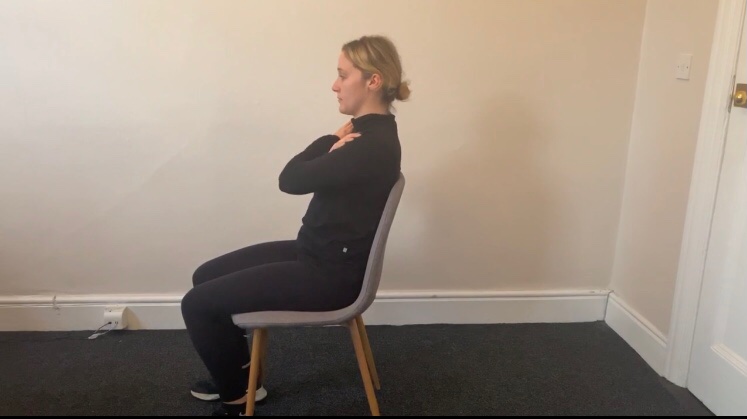
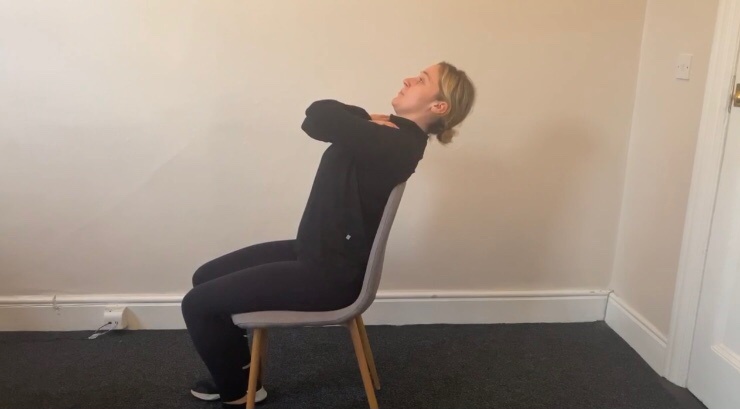
- Seated Thoracic Rotation – 2 x 10 reps each side. Keeping your hips facing forward as you rotate your body around, you should feel a stretch in your upper back between your shoulder blades.
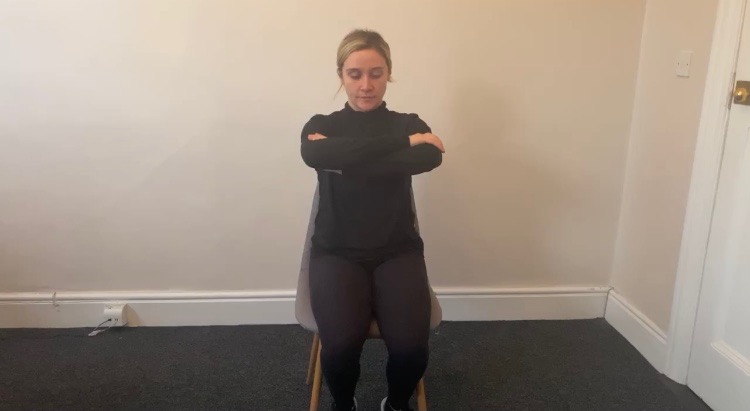
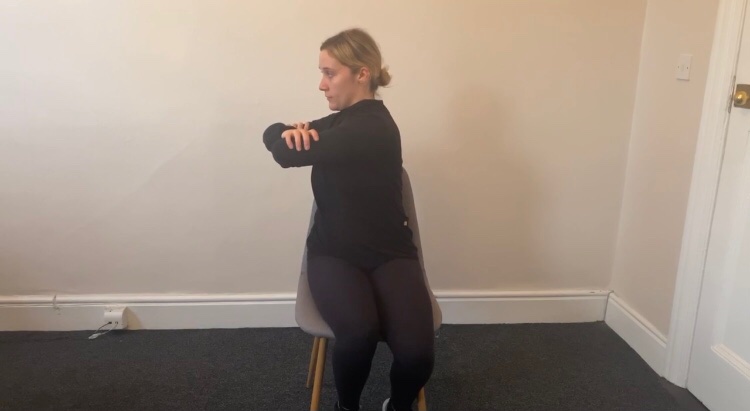
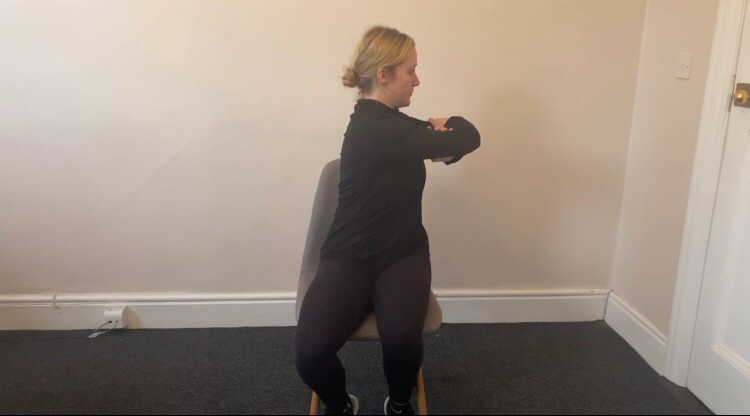
Want to continue to work on your thoracic mobility? Keep an eye on our instagram page for our thoracic mobility tips and exercises! You can find us on Instagram at @physiotherapycentredublin
Blog by Niamh Brennan
References
Yoo WG. Changes in Pressure Pain Threshold of the Upper Trapezius, Levator Scapular and Rhomboid Muscles during Continuous Computer Work. J Phys Ther Sci. 2013;25(8):1021-1022. doi:10.1589/jpts.25.1021
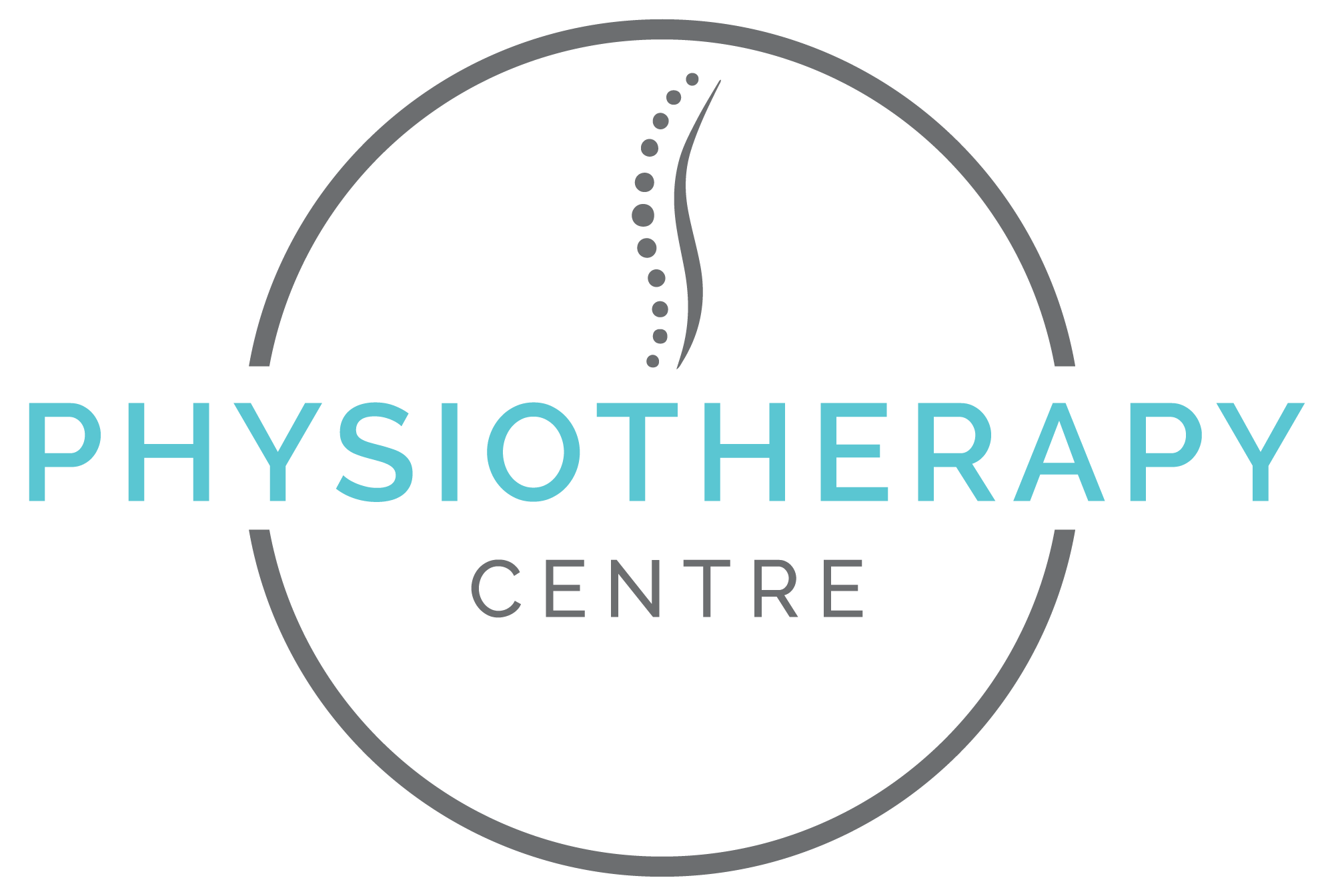

Recent Comments